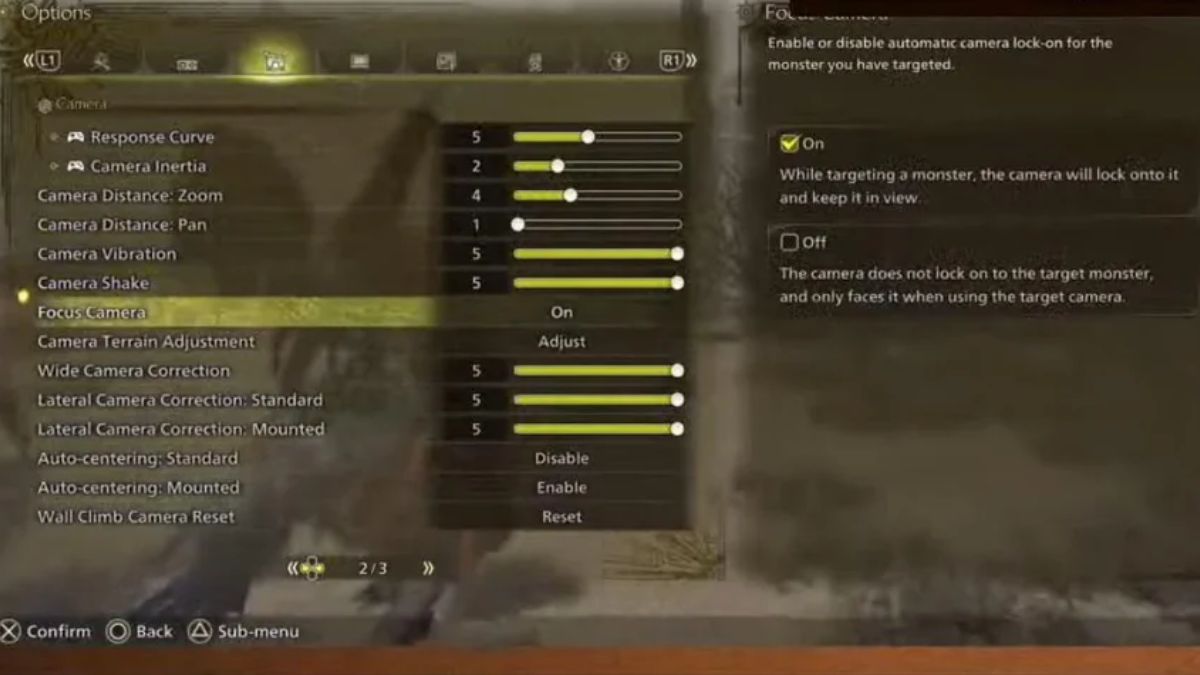Unlike Black Ops 6 gameplay settings or Gray Zone Warfare graphic configurations, getting the best Monster Hunter Wilds settings for PC can be as tricky as taking down a tough monster like Arkveld. Developers Capcom’s upcoming game with wild and unrelenting new frontier and dynamic, ever-changing environments demands a lot from your computer, but don’t worry, we’ve got a guide to help you get the best performance.
Whether you want to play at the native resolution or use Frame Generation, these tips will help you get the best Monster Hunter Wilds settings for PC.
The Best Monster Hunter Wilds Settings for PC

Native Rendering (No Frame Generation) Settings
Here are our recommended Monster Hunter Wilds settings for PC:
- Upscaling: Disable
- Anti-aliasing: Off
- Render Scaling: 100
- Ray Tracing: Off
- Texture Quality: Low
- Texture Filtering Quality: Lowest (Bilinear)
- Mesh Quality: Medium
- Fur Quality: Low
- Sky/Cloud Quality: Low
- Grass/Tree Quality: Low
- Grass/Tree Sway: Disable
- Wind Simulation Quality: Low
- Surface Quality: Low
- Sand/Snow Quality: Low
- Water Effects: Disable
- Render Distance: Low
- Shadow Quality: Lowest
- Distant Shadow Quality: Low
- Shadow Distance: Near
- Ambient Light Quality: Low
- Contact Shadows: Disable
- Ambient Occlusion: Off
- Bloom: Low or Off
- Motion Blur: Off
- Vignette Effect: Off
- Screen Space Reflection: Off
- SSSS Scattering: Off
- Depth of Field: Off
- Volumetric Fog: Low
- Variable Rate Shading: Performance
With Frame Generation Enabled
Here are our recommended settings for Monster Hunter Wilds on PC with Frame Generation:
- Upscaling: AMD FSR
- Frame Generation: Enable
- Upscaling Mode: Performance
- Upscaling Sharpness: 0.5
- Ray Tracing: Medium
- Texture Quality: High
- Texture Filtering Quality: High (ANISO x8)
- Mesh Quality: High
- Fur Quality: High
- Sky/Cloud Quality: High
- Grass/Tree Quality: High
- Grass/Tree Sway: Enable
- Wind Simulation Quality: High
- Surface Quality: High
- Sand/Snow Quality: Medium
- Water Effects: Enable
- Render Distance: High
- Shadow Quality: High
- Distant Shadow Quality: High
- Shadow Distance: Medium
- Ambient Light Quality: High
- Contact Shadows: Enable
- Ambient Occlusion: Medium
- Bloom: High
- Motion Blur: Off
- Vignette Effect: Off
- Screen Space Reflection: On
- SSSS Scattering: On
- Depth of Field: On
- Volumetric Fog: High
- Variable Rate Shading: Performance
Monster Hunter Wilds PC System Requirements
Here’s a comparison of our specs with the official system requirements for Monster Hunter Wilds. According to Capcom, the minimum specs should run the game at 1080p, upscaled from 720p, at 30 FPS on the lowest settings. The recommended specs aim for 1080p, 60 FPS with Frame Generation on Medium settings.
| Minimum | Recommended | |
|---|---|---|
| OS | Windows 10 64-bit | Windows 10/11 64-bit |
| Processor | Intel Core i5-10400, Intel Core i3-12100, AMD Ryzen 5 3600 | Intel Core i5-10400, Intel Core i3-12100, or AMD Ryzen 5 3600 |
| RAM | 16GB | 16GB |
| GPU | Nvidia GeForce GTX 1660 (VRAM 6GB), AMD Radeon RX 5500 XT (VRAM 8GB) | Nvidia GeForce RTX 2060 Super (VRAM 8GB), AMD Radeon RX 6600 (VRAM 8GB) |
| DirectX | DX12 | DX12 |
| Storage | 75GB, SSD required | 75GB, SSD required |
And these are the best Monster Hunter Wilds settings for PC. For more Monster Hunter Wilds content, stay tuned to RetroNoob.





